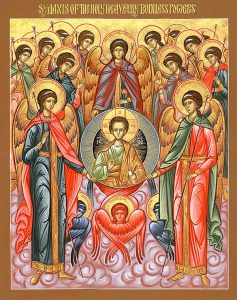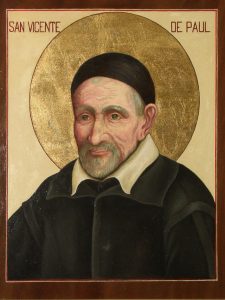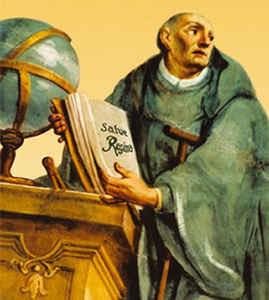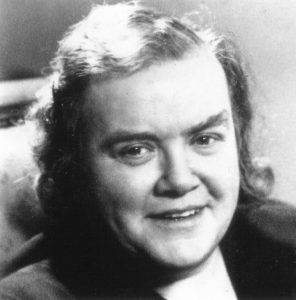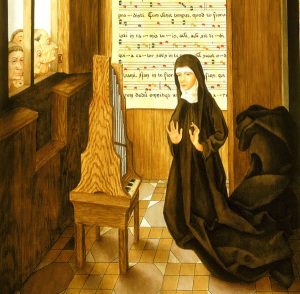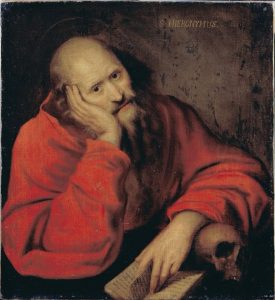 St. Jerome was one of those guys who was hard to like and to get to know. I think he was irascible but was serious about his seeking God and had personal holiness. But that was in the fourth century and people had a different way of interpersonal relationships. It is clear from his biographers, Jerome was graced by great talent: priest, biblical scholar, well-travelled, secretary to a Roman Pontiff, ascetic, monastic founder, translator of the Bible and ecclesial writers and an apologist. Of particular note, Jerome was involved the theological controversies of his time: Arianism, the virginity of Mary, and the teachings of Origen.
St. Jerome was one of those guys who was hard to like and to get to know. I think he was irascible but was serious about his seeking God and had personal holiness. But that was in the fourth century and people had a different way of interpersonal relationships. It is clear from his biographers, Jerome was graced by great talent: priest, biblical scholar, well-travelled, secretary to a Roman Pontiff, ascetic, monastic founder, translator of the Bible and ecclesial writers and an apologist. Of particular note, Jerome was involved the theological controversies of his time: Arianism, the virginity of Mary, and the teachings of Origen.
Jerome studied and was baptized in Rome, then returned to his native Aquileia where he lived the ascetic life. He attended the lectures of Apollinarius and decided to live as a hermit in the Syrian desert around 374. He learned Hebrew, returned to Antioch and was ordained priest.
Jerome spent time in Constantinople before returning to Rome to become the secretary to Pope Damasus. Following the Pope’s death, went to Egypt, Palestine, and Antioch settling in Bethlehem. There he founded a new men’s monastery, and continued his scholar work.
Jerome is a good example of letting the Light shine brightly for the service of the Proclamation of the Gospel. In what ways does St. Jerome inspire you to be of service to Jesus Christ and the Church?

